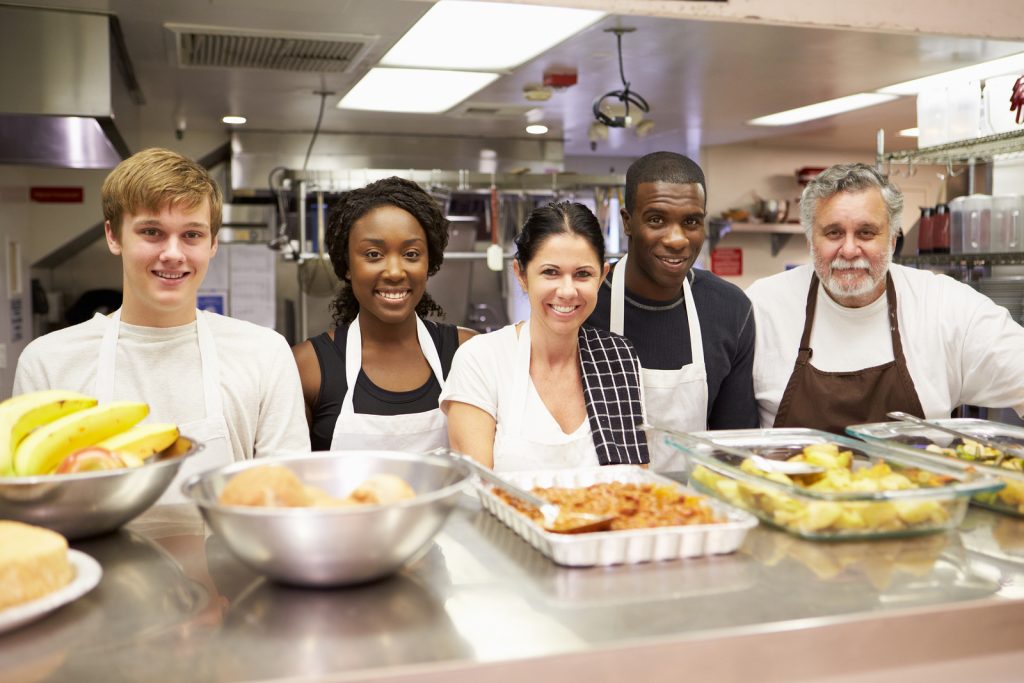 The holidays are a magical time of year, but also a busy one. We’re trying to fit in time for friends, family, and faith, and struggling to give back while also indulging in the secular side of the holidays, like shopping and gift-giving.
The holidays are a magical time of year, but also a busy one. We’re trying to fit in time for friends, family, and faith, and struggling to give back while also indulging in the secular side of the holidays, like shopping and gift-giving.
For people in their 20s, balancing the many facets of the holiday season can be especially tricky. If you’re strapped for cash or time (or both!), giving back can seem overwhelming.
The good news is that we’re pushing through this and are actually more generous than previous generations. The Millennial Impact Report released last year found that 84% of millennials made a charitable donation in 2014, and 70% spent at least an hour volunteering.
Inspired? Here are some great ways to make giving back work for you this holiday season:
Adopt a family:
Three years ago, my husband and I decided that we were going to “adopt” a family in need, purchasing presents and essential items like clothes for children and mothers who would otherwise go without. Luckily for us, our extended family was willing to forgo their own presents, and we ended up adopting two large families.
This is a great way to give back because you still get to have fun shopping, selecting a perfect gift, and wrapping presents. At the same time, you’re making a huge impact for a family in need.
My husband and I have a toddler, and while we will buy her some small presents, I am most excited about getting her involved in our tradition of adopting a family and teaching her about the power of giving.
There are many Adopt-a-Family programs that are easy to find by searching online. If you have trouble finding one in your area, speak with your church or local homeless shelter, both of which can refer you to local programs.
Don’t underestimate small donations:
If you’re trying to get on solid financial footing, donating money can seem out of reach. But your donation doesn’t have to be big to make a difference. Case in point: The 2014 ALS Ice Bucket Challenge, which encouraged people to donate $10 to the ALS Association. Those small donations added up to $115 million — funding that ultimately helped scientists find a new gene tied to ALS.
You can also loan small amounts of money directly to projects you care about, using the website Kiva. Kiva allows you to give a microloan as little as $25 to borrowers around the world to support causes ranging from education projects to women’s rights. You choose the borrower directly, and when your loan is repaid (97% of Kiva loans are), you are free to send the money to another person, or withdraw it. It’s the gift that keep on giving.
Another thought: Consider replacing gifts with donations. One Christmas, my brother asked me to make a donation in his name to a charity that helps children learn to read, since he had struggled with reading in school. Now I make a small donation annually, and it always makes me smile and think of my brother.
Give your time and talents:
Donating your time can be a great way to see the positive impact of your charity in person. Websites like volunteermatch.org allow you to find opportunities based on your location and interests.
If your schedule is too unpredictable to commit to regular volunteer hours, consider some non-traditional alternatives. Help a friend by babysitting her children for an afternoon, or assist an elderly neighbor with grocery shopping or shoveling. Too often we look outside our closest communities to offer help, when starting with the people nearest is a great way to begin.
Originally published on November 18, 2016.